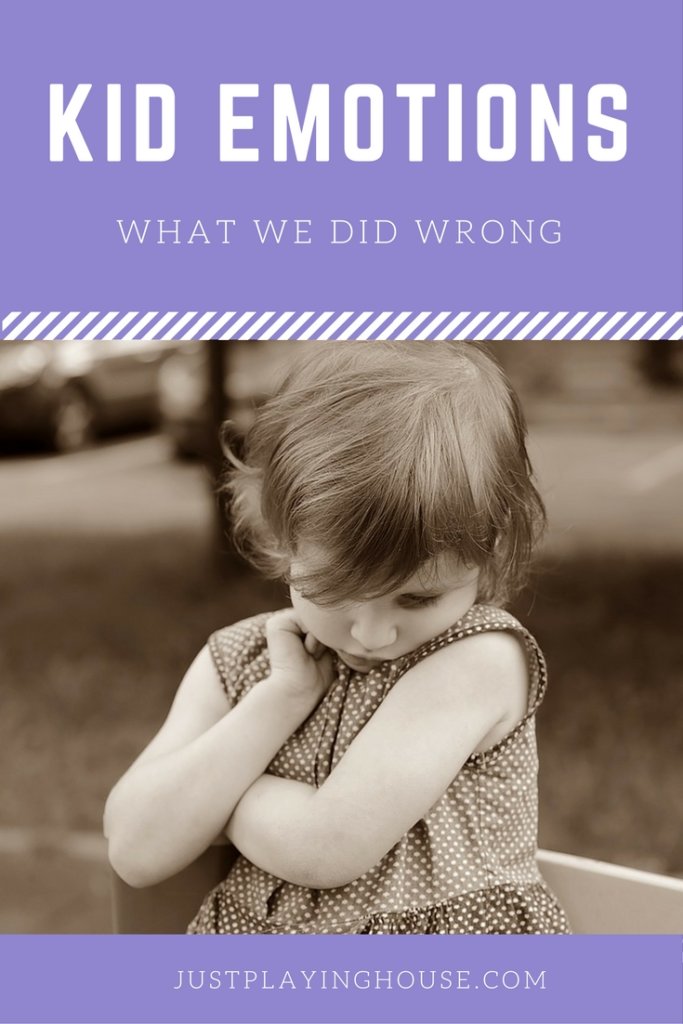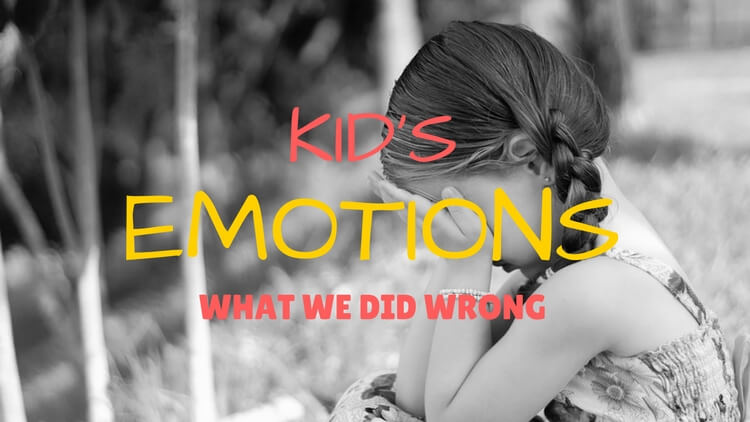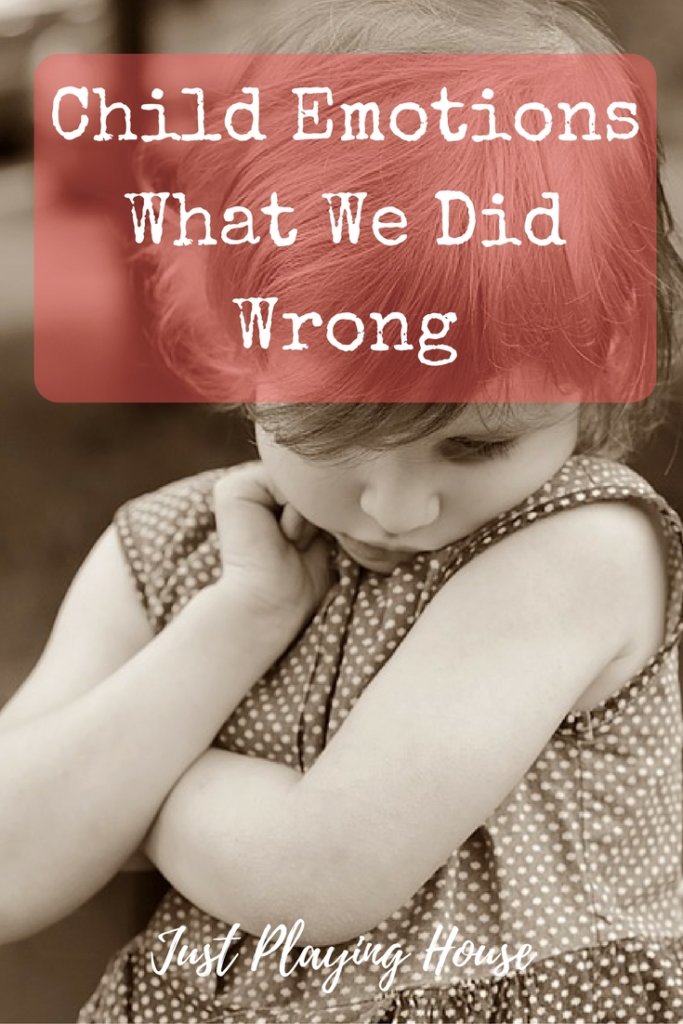When you become a parent, your entire day is spent dealing with emotions. The tired, crying baby that won’t sleep. The irate, irrational toddler that got the wrong color sippy cup. The defiant child that refuses to clean their room and rolls their eyes with disgust. Constant arguing and then squealing with joy. It is one extreme to the other. Not to mention the exhausted, frustrated parent trying to hold it all together. It is an endless cycle of emotions.
Society tells us that it is our job to raise well behaved children…otherwise known as being “seen and not heard”. Kids with manners, respect, and gratitude. While that all sounds amazing, that’s a LOT of pressure!
I remember how good it felt to have a stranger come up to us in public and comment on how well behaved our kids were. What a great job we were doing. It made us beam with pride. Validation that what we were doing was right.

Discipline is a big part of parenting. Probably the hardest part. Tantrums and what we label as “bad behavior” creep into every day. Every situation seems to be handled the same way:
- Hitting their brother/sister (or anyone): Stop doing that!
- Throwing their toys: Stop doing that!
- Screaming and throwing themselves down on the floor: Stop doing that!
- Stomping away and slamming the door: Stop doing that!
- Crying: Stop doing that!
Always the same. Just stop.
When one of our kids were in a grumpy mood, we had our little tricks that would help make them smile. It is almost scary how quickly my daughter can go from angry to smiling simply by, “Don’t you smile!” The other thing that worked well with her? We used to say, “I need to see a happy girl” for XYZ. It was like someone flipped a light switch.
Looking back, I realize we unknowingly pushed perfection. These were teaching moments we didn’t recognize. Ultimately, we did some damage.
When my son died, we wondered why our daughter didn’t seem to show any emotion. Maybe she was too young to understand? Everyone grieves differently. The reality was we had taught her how to ignore her emotions. How to stuff them down and hide them away. How a happy girl was what the world wanted her to be. So she was. But she wasn’t.
It played out with an increase in emotional outbursts. Sneak eating. Generally avoiding anything that could force those emotions forward. When they came, it was always directed at something else. We wrote it off that it was just her. This is how she was. An “emotional girl”.
Our other revelations came a bit later. Things like being able to identify emotions from looking at a photo or someone’s face. Yet, it never occurred to me that she would not being able to identify them in herself or know what her face was projecting. Refusing to even acknowledge any emotions exist. Always simply choosing happy.
I must say we learned a lot. We recognize our mistakes. When we see “bad behavior” now, we pause and ask what emotion is being felt right now. We identify it so we can deal with it. Our message has changed. We no longer push for perfect behavior. There is a reason the child is acting the way they are. It’s OK to be sad/angry/frustrated as long as you deal with those emotions in the right way.
It’s a work in progress. I wish we had realized the damage we were doing earlier. I guess the important part is the work we are doing now to reverse it.
How have you been successful helping kid’s navigate emotions?


